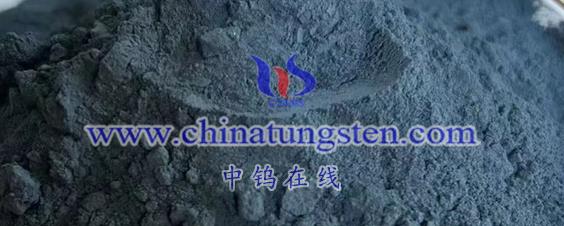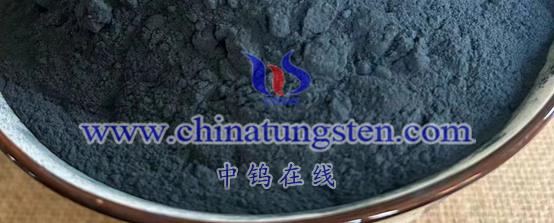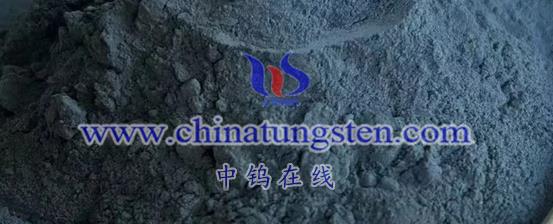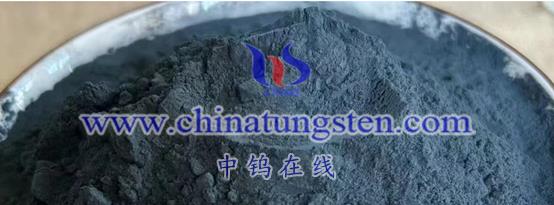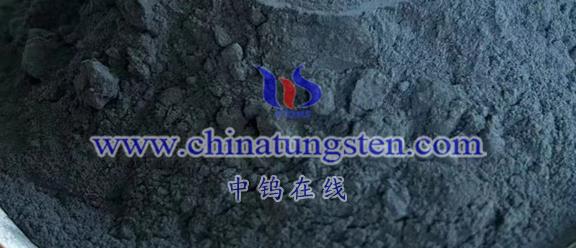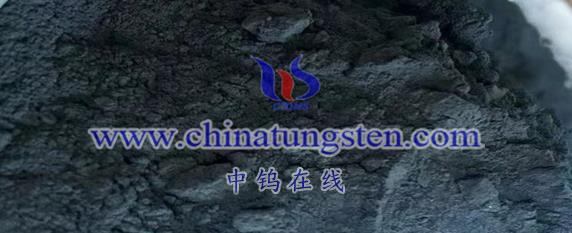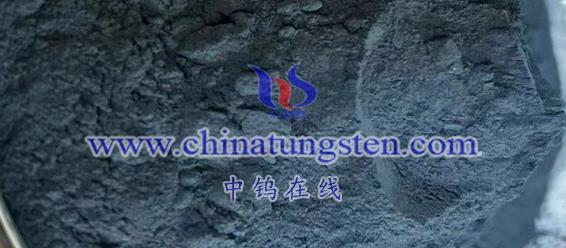
A tungsten oxide surface oxygen vacancy refers to a type of defect in the crystal structure of tungsten oxide (WOₓ), where an oxygen atom that should be present at the surface is missing, creating an empty site or defect. This absence of oxygen alters the material’s structural integrity and significantly affects its physical and chemical properties.
Characteristics of Tungsten Oxide Surface Oxygen Vacancies
- Structural Defect:
- The presence of oxygen vacancies leads to an incomplete crystal structure of tungsten oxide, which can impact the overall stability and performance of the material.
- Charge Imbalance:
- The formation of oxygen vacancies introduces a deficiency of electrons or positive charges, affecting the electronic transport properties. This charge imbalance can influence the conductivity of the material.
- Catalytic Activity:
- Oxygen vacancies can act as active sites for catalytic reactions, facilitating the adsorption and activation of reactants. This is particularly important for enhancing catalytic efficiency, especially in photocatalytic reactions, where surface oxygen vacancies play a significant role in the separation and migration of photogenerated charge carriers.
Effects of Tungsten Oxide Surface Oxygen Vacancies on Material Properties
- Conductivity:
- Oxygen vacancies significantly impact the electronic transport properties of tungsten oxide. The lack of oxygen atoms can lead to increased conductivity, making tungsten oxide suitable for applications in sensors and battery materials.
- Optical Properties:
- The presence of surface oxygen vacancies can alter the absorption and emission characteristics of tungsten oxide. For example, oxygen vacancies can enhance the material’s absorption of visible and near-infrared light, which is advantageous for photonic applications and photocatalysis.
- Catalytic Performance:
- In catalytic processes, oxygen vacancies facilitate the adsorption and activation of reactants, thereby increasing reaction rates. In photocatalytic reactions, they enhance the utilization efficiency of photogenerated charge carriers, boosting the overall catalytic performance.
Applications
Due to the influence of tungsten oxide surface oxygen vacancies on material properties, tungsten oxide containing these vacancies shows great potential in various fields, including:
- Photonic Materials: Used in photodetectors and solar cells.
- Catalysts: Employed in photocatalytic water splitting, pollutant degradation, and other reactions.
- Electrochemical Energy Storage: Utilized as an anode material in lithium-ion batteries.
In summary, tungsten oxide surface oxygen vacancies are crucial structural features that significantly impact the conductivity, optical properties, and catalytic activity of the material. By controlling the concentration and distribution of these vacancies, researchers can optimize the performance of tungsten oxide in various applications.
More details of tungsten oxide product, please visit website: tungsten-oxide.com
Please contact CHINATUNGSTEN for inquiry and order of tungsten oxide:
Email: sales@chinatungsten.com
Tel.: 86 592 5129595
